A reader by the name of Ed brought up an interesting topic recently – there are some old folk tales you can read about in the Canalave Library in Pokemon Diamond/Pearl & Platinum, and one touches briefly on humans and the origin of Pokemon:
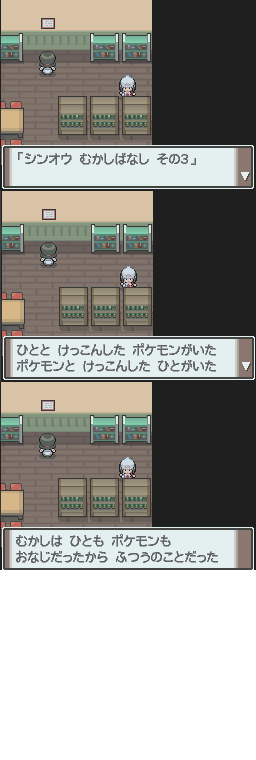 | 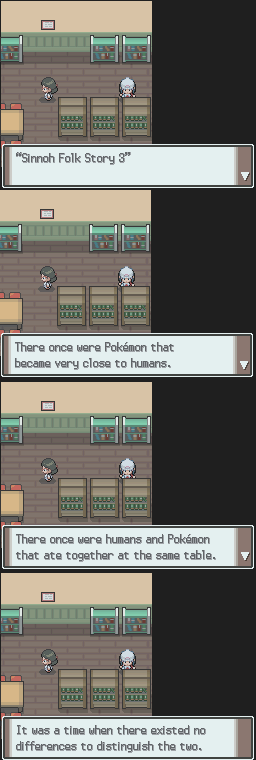 |
| Japanese release | English release |
So the question I was asked was: Is that what the original Japanese version says? People say it was changed in the English localization… was it?
Well, here’s a look at the text side-by-side!
| Japanese Text | Literal Translation | Official English Release |
| 「シンオウ むかしばなし その3」 | “Sinnoh Folk Story 3” | “Sinnoh Folk Story 3” |
| ひとと けっこんした ポケモンがいた | There once were Pokémon that married people. | There once were Pokémon that became very close to humans. |
| ポケモンと けっこんした ひとがいた | There once were people who married Pokémon. | There once were humans and Pokémon that ate together at the same table. |
| むかしは ひとも ポケモンも おなじだったから ふつうのことだった | This was a normal thing because long ago people and Pokémon were the same. | It was a time when there existed no differences to distinguish the two. |
So there was definitely a localization change there – the English version takes out the idea that Pokemon and humans used to marry each other. The last line of the translation also sort of deflects the idea that it was a normal occurence because they used to be the same.
Some fans think this may have been changed so as not to conflict with conservative views in America concerning marriage and human evolution and all that. I suppose that’s possible, but since evolution is such a major aspect of the Pokemon franchise I’m not sure about that part so much.
I’m not nearly as knowledgeable about Pokemon as a lot of other people, so I can’t really speculate on this much – but if you have any thoughts or extra insight though, please let me know in the comments!
Also, if there are any specific lines in other games you’d like me to take a look at sometime, let me know in the comments too or contact me!

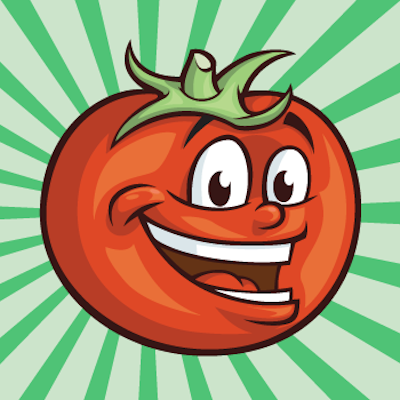
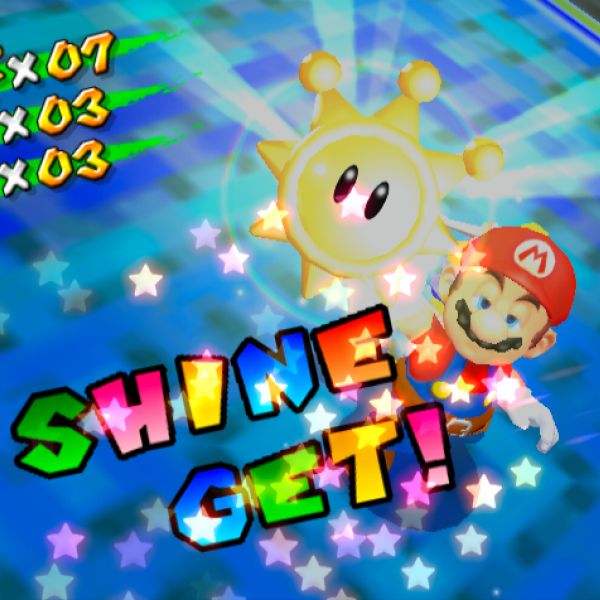
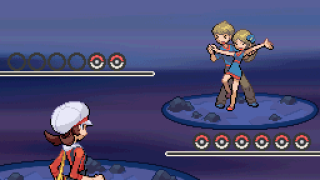
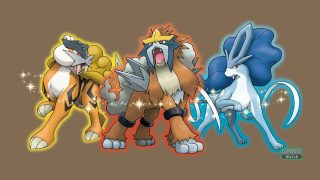

Sooooooo Pokemon is really about enslaving former humans and forcing them to do battle for you?
It may just be an allusion to the muko-iri/yome-iri practices in older Japan where the bride/groom was more or less simply adopted into the respective family and would labor for them. Wives weren’t even apparently allowed to live in their husband’s family’s house until something like the death of their parents. Wedding ceremonies were more for the higher ups until all the westernification stuff.
So could just mean something like that. They worked together and were by (muko/yome)-iri custom, de facto ‘married’ and part of the family.
In the Kingdom Hearts series, Axel says “got it memorised?” quite often. Does he say this in the Japanese versions?
Hey, with the reveal of the new Smash Bros., can you translate the opening paragraphs in the Ice Climbers’ and Pichu’s profiles in the Japanese Melee site? They shed some light on how and why the Ice Climbers got into the game, and the reason for the existance of the clone characters.
http://www.nintendo.co.jp/n01/n64/software/nus_p_nalj/smash/flash/1009/index.html
http://www.nintendo.co.jp/n01/n64/software/nus_p_nalj/smash/flash/1211/index.html
It’s a bit much for me to do right now (and I’m not sure where I’d even post it) but for the Ice Climbers one they wanted to choose something from the early Famicom games and it was a process of elimination from there. Check citation #37 here for why other games didn’t make the cut: http://en.wikipedia.org/wiki/Super_Smash_Bros._Melee#cite_note-37
For Pichu, he basically wanted to include as many characters as possible, and felt that doing clones of existing characters was a way to do that.
I would like you to do a mini-localization on this FF1 line. “I, Garland, will knock you all down!”
What’s there to comment on?
[…] この ガランドが けちらしてくれよう!」
It’s just a relatively common example of an over literal translation.
To correct myself, maybe not overly literal as that’d be “kick around/scatter/rout,” dealer’s choice, but something close to that.
My two cents is that people tend to associate Pokémon with the animals we have in real life. It’s not like that within the world of the games, but people always assume it’s the same thing, which is why there are so many people on the internet talking about enslaving the poor things to do your bidding and so fourth… I think I even saw one in these comments. O_o Learn to role-play a little! xD
this is very interesting people and Pokemon literally equal to each other I wonder what the kids were like. wonder why the pokeball was ever invented.
My guess is that they changed it because of the implication of people marrying animals.
It says that back then people and Pokémon were the same, but I can see why it would set off red flags in translating a game for kids.
Hmph, this is quite odd, indeed.
I suppose it was censored due to values dissonance between Japan and about everywhere else, but it IS interesting.
I think the U.S. translation isn’t so bad, though. They did their best to keep the line while balancing a different value system in mind.
Though this does imply that at least some people aren’t entirely human. Isn’t that right, N…?
Also, this is likely a dumb question, but what are the lyrics to the track “Kiseki” (The credits theme, which has lyrics written in various languages) in Japanese for Pokemon X and Y? From what I heard, it was different but similar for every language.
The second Folk Story actually imply humans involved from Pokémon (as in, traditional Darwinian evolution, not Pokémon evolution).
This could probably explain why they used to be considered one and the same (and thus, why they once “wed” each other).
I heard somewhere that it had something to do with the Japanese folktale about the “kitsune”, but I’m not entirely sure if it’s related to that.
I think the « kitsune » story is Tamamo no Mae’s.
The story of a the emperor who fall in love with a beautiful woman who was in really… a fox !
If I remember well in Black and White, there is a hiker who said he’s in love with the girl who live in the van. Except that girl’s a Zoroak. I wonder if the hiker knew that…
The first tale is about eating pokemon – which is confirmed in X&Y.
The second tale is the strangest one:
“There lived a Pokémon in a forest.
In the forest, the Pokémon shed its hide to sleep as a human.
Awakened, the human dons the Pokémon hide to roam villages.”
Personality I don’t see it as Darwinist evolution.
Because if there are village, there are civilization anyway. Which mean they already have humans. And in Mystery Dungeon Pokemon have also village anyway.
The last one :
After it’s hard to know the meaning of “being the same”. Even if it could be just physically (and here implied Darwinist evolution) or it could also represent a point of view which have change- since some people seeing pokemon as inferiors.
In anime, as in the game they are some example of pokemon who speaks human language: Meowth speaks fluently English. In Black/White, Zoroak speaks. Even Ash generally understands what his pokemon are saying. And there is N…
According to Masuda, N who speaks pokemon language could be born from Pokemon (two pokemon? A human –even Ghetsis?- and a pokemon? Or just a rumor?).
In Mystery Dungeon we see that pokemon have a great culture. They have school, make studies, work, etc.
So unless physically, we aren’t that different.
So why (considering this world and not ours) why not marring each other?
If a Gurdurr can be in love with Viridium and everybody think it’s normal (Gate of Infinite), in what it would be strange that a human and pokemon in love married each other?
One thing is clearly: there is a difference between a human being and a pokemon. Why? I don’t know (only Arceus knows). Which one? I don’t even really know except human use pokeball to capture pokemon.
What make me just think:
“WTF?! If (even in different games and anime) human can actually speak pokemon language and if some pokemon can speak human language… Why anybody tries to communicate properly in this fuck**g world? Learn human language! Learn pokemon language!”
In Black2/White2, it’s revealed that N was an orphan who was raised by Pokemon after his parents vanished, and so he learned how to live, speak, and think like them. Ghetsis was never his blood relative. Rather, he kidnapped and exploited N as part of his big scam to rob the Pokemon from everybody in Unova.
So it’s really not so much N being “born from Pokemon” as it is him simply living in harmony with them, not unlike this Sinnoh myth.
It’s hard to know what really happened to N before Ghetsis found him.
Nobody have clue concerning who could be his real parents and what really happened to them.
That leaves room for imagination. (Like what happened to Ghetsis ’arm…)
Some people even think that N could be a Zorua or Zoroak. A pokemon.
Some people think Ghetsis could still be his real father – probably because they look like each other.
But the N being “born from Pokemon” thing is a quote from by Masuda himself.
So why he said such thing? He probably didn’t precise that for nothing.
But again it’s really ambiguous.
So we can’t stand any of this as facts. Neither that N is a full human, a pokemon or even a hybrid.
I think the fact they let some part of the game vague is deliberate.
Just like Sinnoh myths make people arrived to different conclusions.
Also I made a mistake: it wasn’t a hiker but a backpacker. So this man was probably the same backpacker we see transforming into a Zoroak in Black/White 2 in the Lostlorn Forest.
Thank you for the side-by-side comparison and translation of the two different versions; I’ve been looking for just this thing for some time.
Yeah…I’ve been a Pokemon fan literally since it first existed in the USA and the question of what separates a human and a ‘Mon has been nagging at me. There have been all kinds of things popping up in Pokemon canon that made no sense: outright stating a Pokedex entry that the first Alakazam was a human boy, Pokemon laying eggs even when they were quite clearly warm-blooded mammals, a couple Pokemon that could all but put on clothes and pass for a human, even an entire GROUP of Pokemon called “Humanshape”. I and many other fans drove ourselves completely bonkers trying to make sense of all the inconsistencies in the Pokemon world.
Only quite recently as an adult did I find out that a lot of the confusion (if not ALL of it) was due to Nintendo’s ham-handed censorship. The “everyone lays eggs” makes little sense but was surely easy to write and program and they flat-out censored parts of original Pokemon canon like the ones you showed.
Just recently they’ve cracked open the door to interacting with your ‘partners’ with aspects of the game like Pokemon-Aime and them having very G-rated affection toward you. But there are still a lot of unanswered questions. While a couple fan writers have tried to address things like how a Pokemon-Human marriage would work or how a Pokeball tells the difference between a hybrid and a pure Pokemon (can you say the ultimate child-napping tool?!) I would still like to see some coherent canon from Nintendo.
In pokemon x and y cant remember which one it was. You come up to this guy and he saids ” i love you. ” After you beaten the elitte 4 but i woukd say ” elitte 6 cause there was 6 trainers. ” it was in the big city. With the thunder gym leader Clermont.
Now i remember but forgot to change it.
Keyborad mess up.
Never mine it was black and white
I git a picture but i cant send it.
That’s why there are so many humanoid type Pokémon. Because humans and Pokémon used to get married, and when you get married you make love, so they had had half human half Pokémon children. Thus humanoid Pokémon were born
I know this is an old article, but I never get tired of reading these!
By the way, I checked the Spanish version of this (since it’s my native language), and it seems they were still following the English localisation in Generation IV. This is the official Spanish text:
“Historia popular de Sinnoh 3”
Érase una vez un Pokémon muy cercano a los humanos.
Éranse una vez humanos y Pokémon que comían en la misma mesa.
Éranse una vez un tiempo en el que no había diferencias entre los dos.
Rough translation:
“Sinnoh Folk Story 3”
Once upon a time, there was a Pokémon that was very close to humans. [Curiously, this version uses a singular article]
Once upon a time, Pokémon and humans used to eat together at the same table.
Once upon a time, there were no differences between both.
My assumption is that it was changed to avoid accusations of putting bestiality in a children’s game rather than anything to do with evolution. It’s clear to any reasonable person that that isn’t what the original implies, but you know what the Think Of The Children people are like.
It is quite plausible that the change was made due to an intention to avoid a hint of bestiality.
Having said that, as a Japanese reader, I was really horrified and infuriated when I learned of the change which concealed the original text entirely. This kind of translation is not worthy of the name; it is nothing but falsification.
The English and other European versions convey the slightest idea of the marriage between humans and pokémon. Those versions seem to say at most that they both are close and equal friends but not intimate partners.
The notion of marriage is the very heart of this piece of folktales, without which we cannot to any extent approach a real comprehension of the statement that the humans and pokémon once ‘were the same’.
A proper translation would give an unforgettable impression, for good and evil, to all the players who visited the Canalave Library—as was the case in Japan—and would evoke among them lively discussion and consideration about the relationship between humans and pokémon, about the origin of pokémon, and about the entire history of the Pokémon world.
I sincerely hope that the folktales and myths will be fairly treated in the newest remakes to come out soon.
Sorry for bad English. If anybody want to know why an emperor atracked by a beauty in fact is a fox spirit and attracted because of it used spirit move or something, you can watch a fiction’s Chinese name is 《封神演义》 or 《封神榜》 . And also, it is said that this is the most famous one of a lot of fictions followed the famous fiction Chinese name is《西游记》 (Journey to the West?), like 《北游记》( Journey to the North ?) and etc. It’s hte fate.
This folk tale seems to have been referenced in Pokémon Legends Arceus when a member of the Gingko Guild asks you to find out if the stories in his family are true, that they had once lived in a village in the Alabaster Icelands. You go there and find no trace of a village…but you find an ancient diary. In it, someone describes how they had saved a Froslass’s life, and then some time later a mysterious woman came to their village, and the two were married. The diary is in possession of a Froslass, presumably the same one, and we can recognize it as a sort of “crane wife” scenario, though the writer never seemed to connect the dots.
Once you show the diary to the guild member, the diary vanishes, presumably taken back by its ghostly owner.
So yeah, someone married a Pokémon and didn’t seem aware of it. And the village is completely gone (the people aren’t even named, and the guild member is very dark skinned compared to the ancient Celestica or the more recent Pearl clan, so I guess Hisui has been home to a lot of different people through the years. Though we also don’t know how long it’s been so maybe he visually takes after another side of the family).